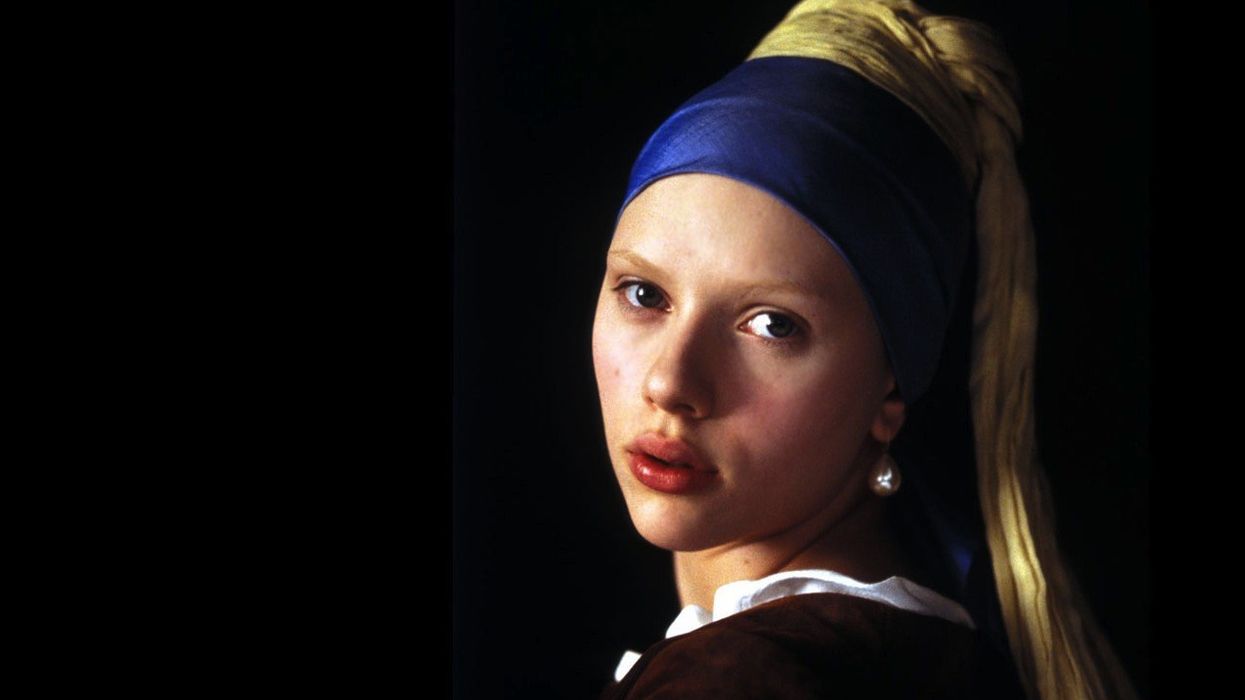When Art Imitates Art: Films Inspired by the World's Greatest Artworks
We know that art imitates life, and life imitates art. But sometimes, art imitates art.

I'm talking specifically about how some of history's most famous paintings, sculptures, and photographs have been recreated through the art of filmmaking, inspiring filmmakers with their treatment of light, composition, and creativity. Fandor's Jonathan Kiefer explores several films that pay homage to famous paintings in his video essay art:film.
You might've come across some films in which you recognized a certain shot that remade a famous painting. The video does a great job of highlighting several of them, but there are plenty of others homages:
- The overhead shot of Kirsten Dunst lying in a river in Melanchollia is a nod to "Ophelia" by Sir John Everett Mallais.
- The twins in The Shining look an awful lot like the twins in Diane Arbus' portrait entitled "Identical Twins, Roselle, New Jersey, 1967."
- Norman Bates' house in Psycho resembles the one in Edward Hopper's painting "House by the Railroad."
- The Pale Man biting the head off a fairy in Pan's Labyrinth is an homage to Francisco Goya's "Saturn Devouring His Son." (My personal favorite painting.)
- Django's blue suit in Django Unchained was inspired by Thomas Gainsborough's "The Blue Boy."



If you're a big fan of art, you might be opening another tab and googling for more examples, but if you're not, you might be wondering why this is even important. Well, there are a lot of reasons: it's interesting to know which famous artists inspired our greatest filmmakers, learning about art history is basically like learning about the evolution of film, you might get inspiration for your own work by paying attention to museum walls, blah blah blah. You get the picture.
But perhaps the biggest reason why it's important to see how film imitates art is because artists like Van Gogh, Caravaggio, and Vermeer were absolute geniuses when it came to using light, color, composition, facial expressions, and texture to tell a story. They managed to discover the incredible power of the still image, and what's filmmaking if not a series of still images? (I mean, that's literally what it is.) Director David Lean understood this; he once said that one should be able to cut any frame out of a roll of film, frame it and hang it on the wall.
See, it's easy these days to take a camera that will capture an image and show it to you instantly. You can literally close your eyes and point it at anything and there it is. Those who had to create images by either shooting them in a film camera or painting them on a piece of canvas were required to be patient, intentional, and legitimately inspired if they wanted to produce something.
So, maybe this lesson is twofold: study the techniques of history's great artists to learn how they lit and composed a scene, then appreciate and respect the patience and dedication required of them to do so and see what happens if you apply the same intention to your next film.
Source: Keyframe











